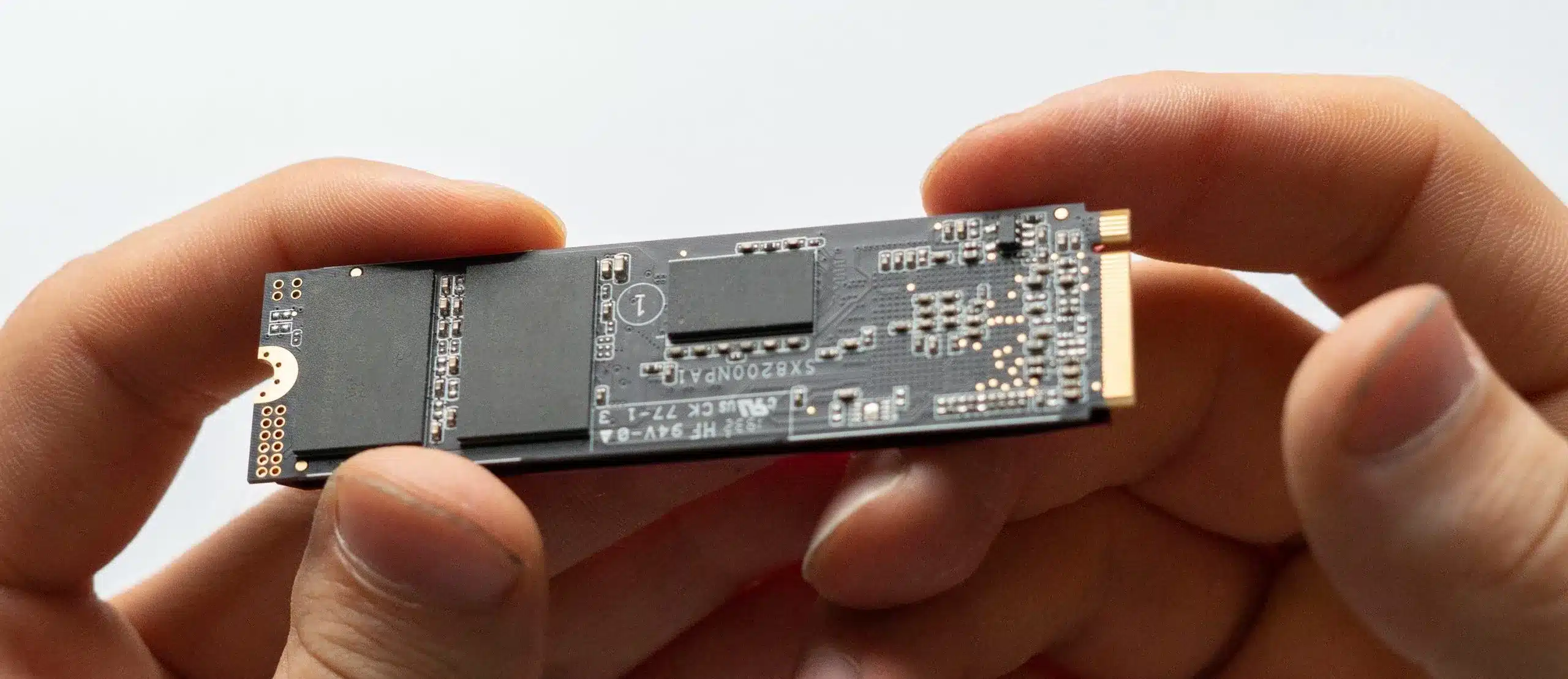NAND Flash memory is a critical component in embedded systems — from routers and industrial controllers to smart devices and wearables. Yet, selecting the wrong type of NAND can lead to system instability, short product life cycles, or unnecessary costs.
In this article, we’ll walk you through the key criteria to help you choose the right NAND Flash for your embedded project — whether it’s consumer, industrial, or automotive grade.
1. Understand the Types of NAND Flash
There are two main types of NAND Flash used in embedded systems:
-
SLC NAND (Single-Level Cell)
✅ Best endurance & reliability
❌ Higher cost
Ideal for: Industrial systems, medical, automotive -
MLC/TLC NAND (Multi-Level/Triple-Level Cell)
✅ Higher capacity, lower cost
❌ Lower endurance
Ideal for: Consumer electronics, smart home, light-duty IoT
Additionally, NAND can come in different interfaces:
-
SPI NAND – Serial interface, small footprint, cost-efficient
-
PPI NAND (Parallel Interface) – Higher speed, suitable for boot devices
2. Assess Your Application Requirements
Ask yourself the following:
-
🔋 Power constraints → Low-power devices may need SPI NAND
-
🧠 Data write frequency → Frequent writes? Go with SLC or industrial-grade MLC
-
🌡 Operating temperature → Harsh conditions need industrial-grade NAND (–40°C to 85°C)
-
📈 Expected product life cycle → NAND endurance must match lifecycle requirements
-
🧩 Boot vs Storage? → Choose NAND that supports reliable boot-up if needed
3. Prioritize Key Technical Specifications
When comparing NAND products, pay attention to:
| Parameter | What to Look For |
|---|---|
| Endurance (P/E cycles) | 3K+ cycles for industrial use |
| Read/Write Speed | Match with your CPU and application |
| ECC Support | Built-in ECC or support from host |
| Bad Block Management | Must be handled in firmware/hardware |
| Package Type | BGA, WSON, TSOP — depends on design |
| Interface | SPI or Parallel (PPI) |
4. Work With a Trusted Memory Supplier
Choosing the right memory supplier is as important as the chip itself. A reliable partner like UMT (through Pionix Vietnam) offers:
-
Long-term supply assurance (critical for embedded)
-
Engineering support for NAND configuration, firmware
-
Industrial-grade options available
-
JEDEC-compliant, RoHS certified chips
-
Competitive pricing and flexible MOQ
5. UMT NAND Flash Portfolio Highlights
-
SPI NAND Flash
→ Densities: 1Gb – 8Gb
→ Uniform erase block (128K)
→ High ECC and firmware compatibility -
PPI NAND Flash
→ Higher interface speed (x8 bus)
→ SLC/MLC options
→ Suitable for boot & runtime storage -
Industrial-grade NAND
→ Extended temperature range
→ Guaranteed long-term supply
→ Ideal for rugged applications
Conclusion
NAND Flash selection is not one-size-fits-all. Each embedded system has its own constraints and performance needs. Choosing the wrong NAND could bottleneck your system or cause early failures.
By understanding the types, interfaces, and endurance levels — and partnering with a trusted supplier like UMT — you ensure long-term reliability, optimal performance, and peace of mind.
👉 Need help choosing the right NAND Flash?
Contact Pionix Vietnam to get expert guidance and request evaluation samples for your project.


